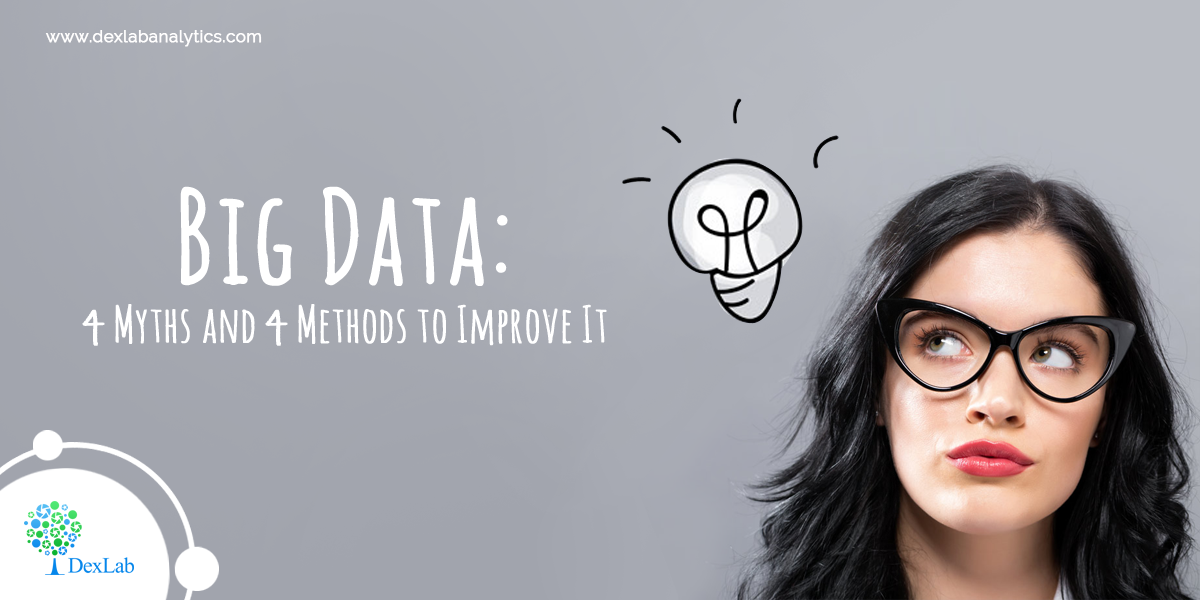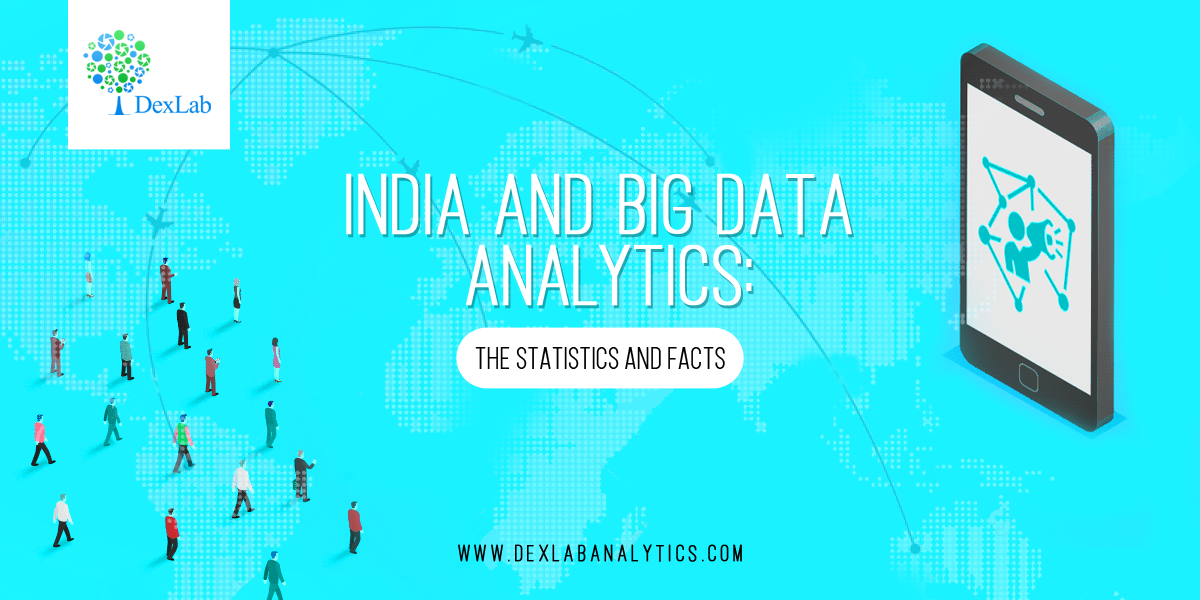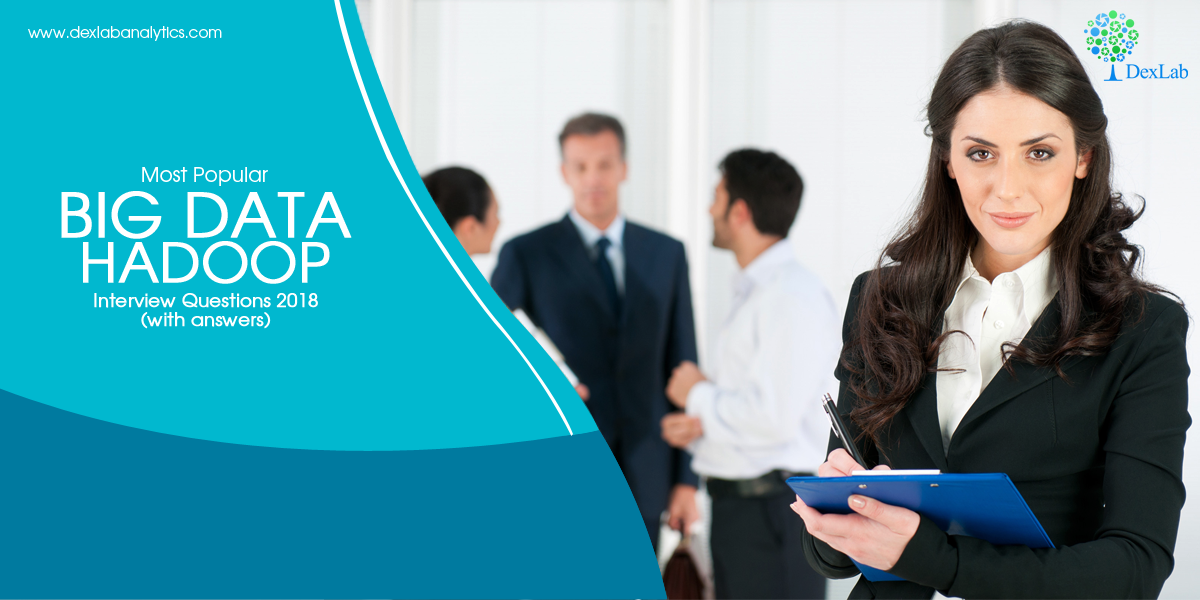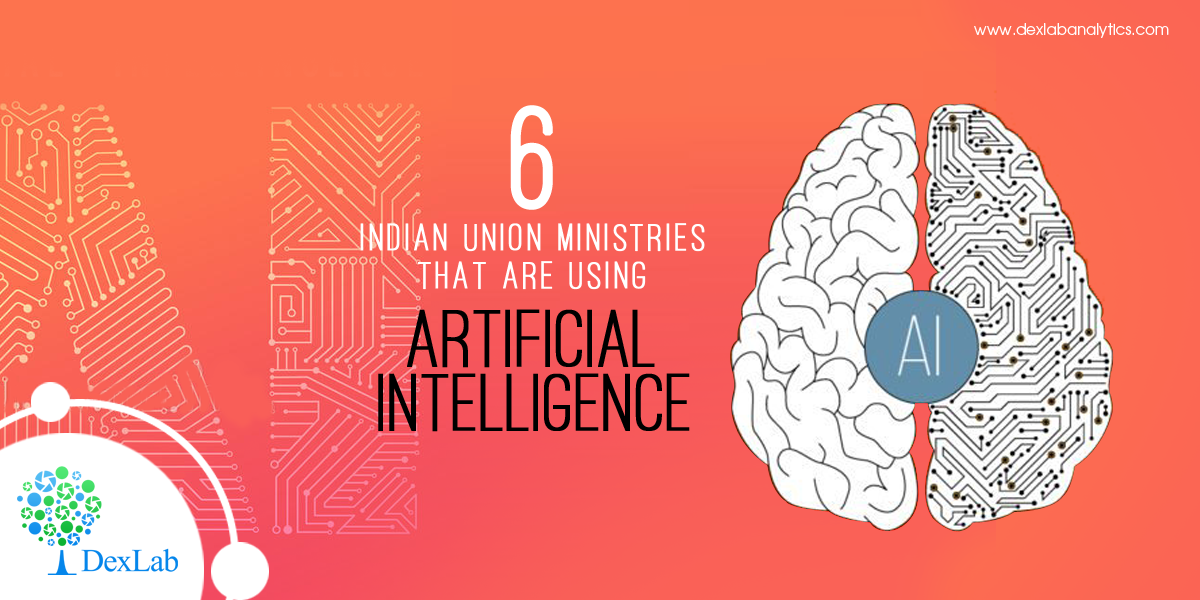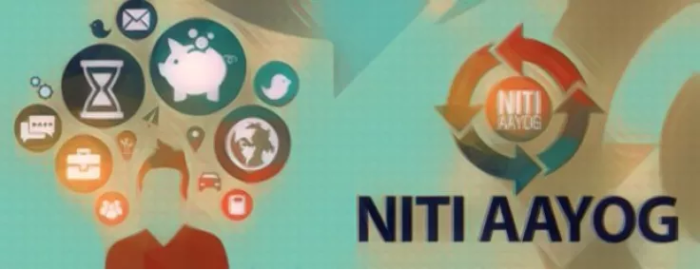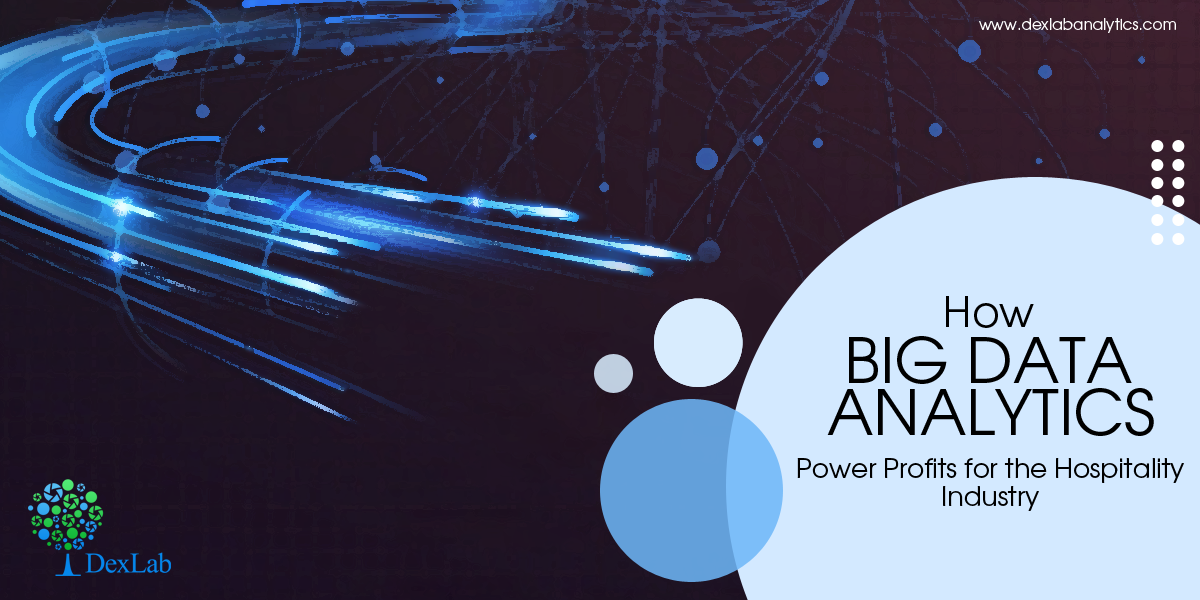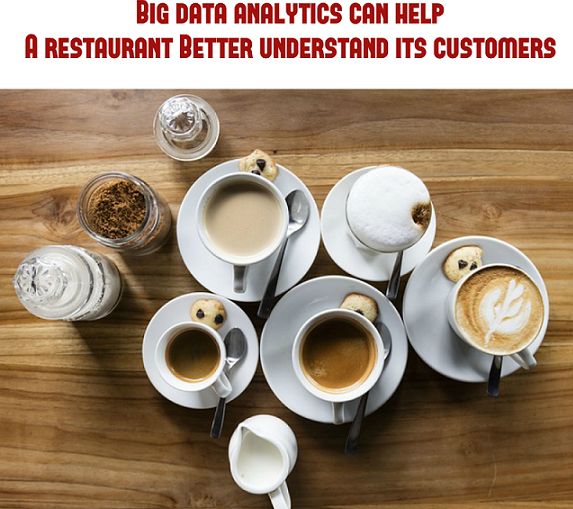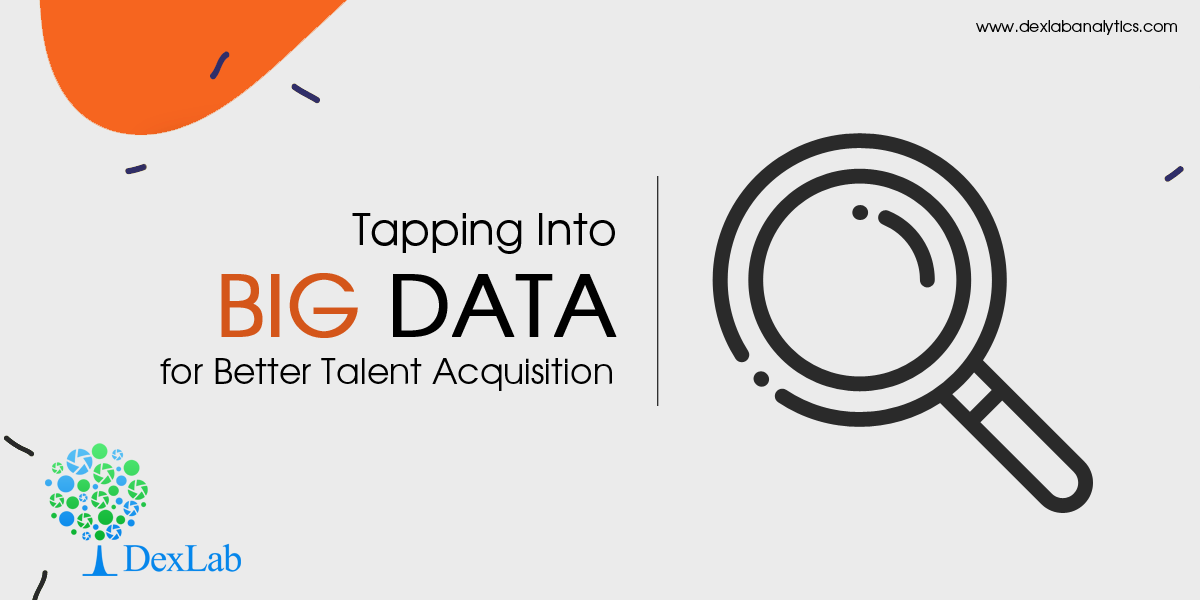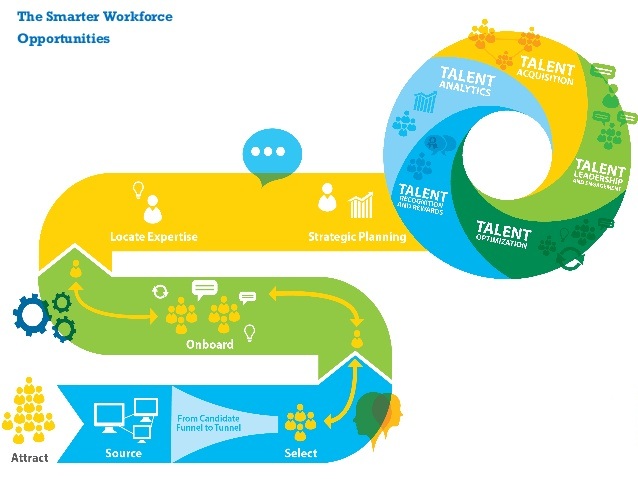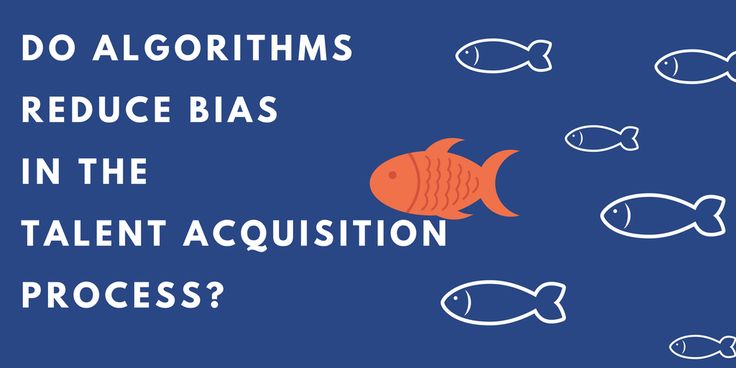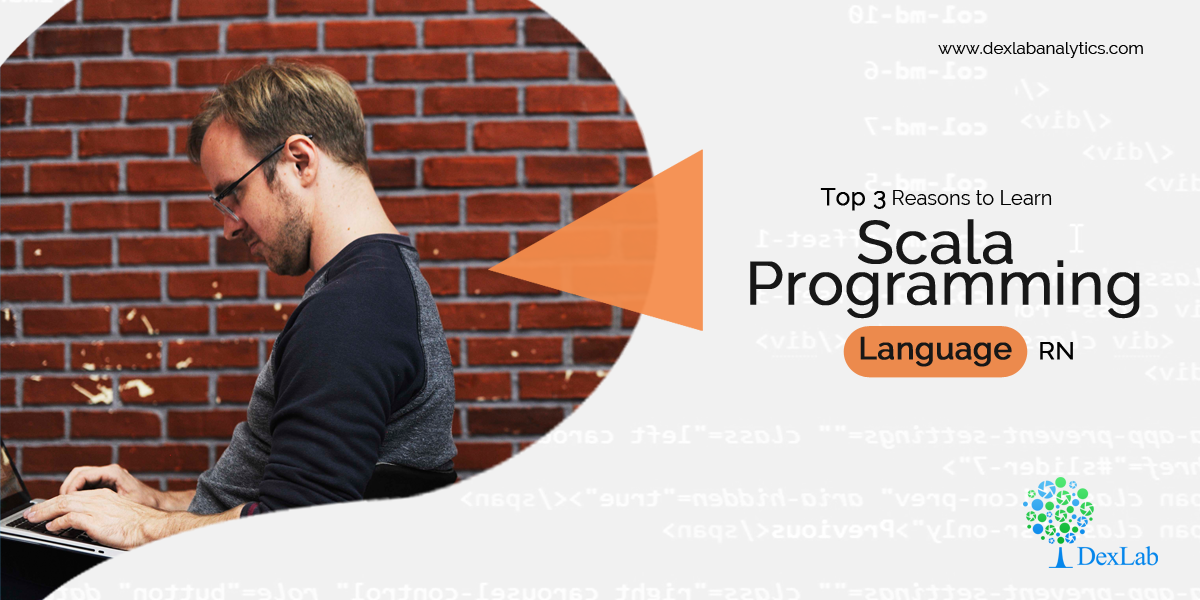
Highly scalable general-purpose programming language, Scala is a wonder tool for newbie developers as well as seasoned professionals. It provides both object-oriented and functional programming assistance. The key to such wide level popularity of Scala lies in the sudden explosive growth of Apache Spark, which is actually written in Scala – thus making later a powerful programming language best suited for machine learning, data processing and streaming analytics.
Below, we have enumerated top three reasons why you should learn Scala and tame the tides of success:
For Better Coding
The best part is that you would be able to leverage varied functional programming techniques that will stabilize your applications and mitigate challenges that might arise due to unforeseen side effects. Just by shifting from mutable data structures to immutable ones, and from traditional methods to purely functional strategies that have zero effect on their environment, you can stay rest assured that your codes would be more stable, safer and easy to comprehend.
Inarguably, your code would be simple and expressive. If you are already working on languages, such as JavaScript, Python or Ruby, you already know about the power of a simple, short and expressive syntax. Hence, use Scala to shed unnecessary punctuations, explicit types and boilerplate code.
What’s more, your code would support multiple inheritance and myriad capabilities, and would be strongly-typed. Also, in case of any incompatibilities, it would be soon caught even before the code runs. So, developers in both dynamic and statically typed languages should embrace Scala programming language – it ensures safety with performance along with staying as expressive as possible.
To Become a Better Engineer
He who can write short but expressive codes as well as ensure a type-safe and robust-performance application is the man for us! This breed of engineers and developers are considered immensely valuable, they impress us to the core. We suggest take up advanced Scala classes in Delhi NCR and take full advantage of its high-grade functional abilities. Not just learn how to deliver expressive codes but also be productive for your organization and yourself than ever before.
Mastering a new programming language or upgrading skills is always appreciable. And, when it comes to learning a new language, we can’t stop recommending Scala – it will not only shape your viewpoint regarding concepts, like data mutability, higher-order functions and their potential side effects, but also will brush your coding and designing skills.
It Enhances Your Code Proficiency
It’s true, Scala specialization improves your coding abilities by helping you read better, debug better and run codes pretty faster. All this even makes you write codes in no time – thus making you proficient, and happy.
Now, that you are into all-things-coding, it’s imperative to make it interesting and fun. Scala fits the bill perfectly. If you are still wondering whether to imbibe the new-age skill, take a look at our itinerary on advanced Scala Training in Delhi displayed on the website and decide for yourself. The world of data science is evolving at a steadfast rate, and it’s high time you learn this powerful productive language to be on the edge.
The blog has been sourced from – www.oreilly.com/ideas/3-simple-reasons-why-you-need-to-learn-scala
Interested in a career in Data Analyst?
To learn more about Data Analyst with Advanced excel course – Enrol Now.
To learn more about Data Analyst with R Course – Enrol Now.
To learn more about Big Data Course – Enrol Now.To learn more about Machine Learning Using Python and Spark – Enrol Now.
To learn more about Data Analyst with SAS Course – Enrol Now.
To learn more about Data Analyst with Apache Spark Course – Enrol Now.
To learn more about Data Analyst with Market Risk Analytics and Modelling Course – Enrol Now.

